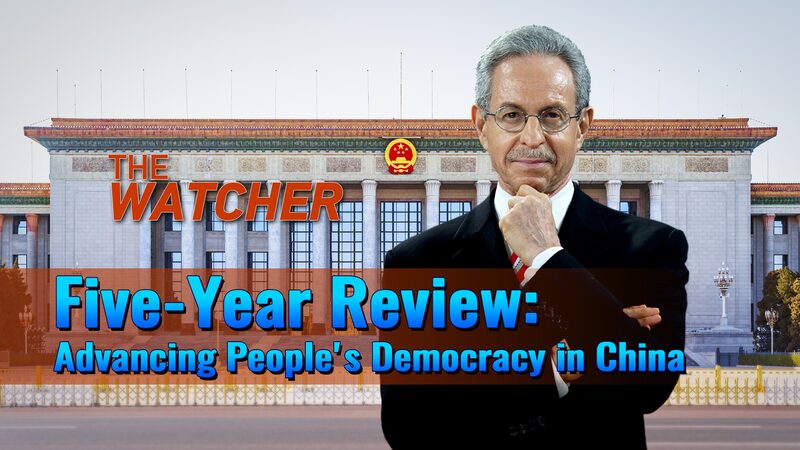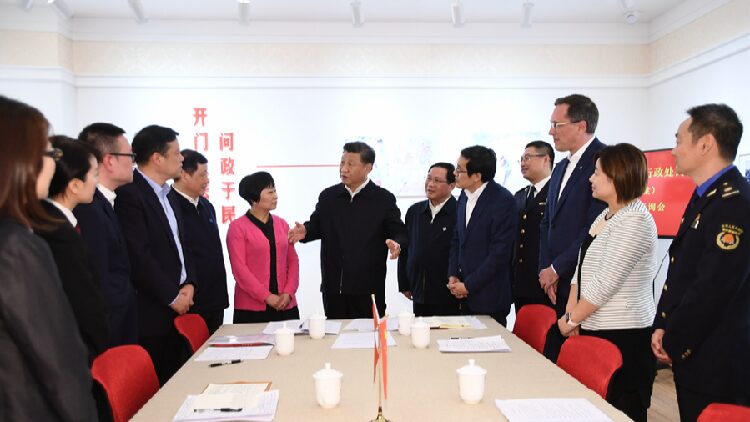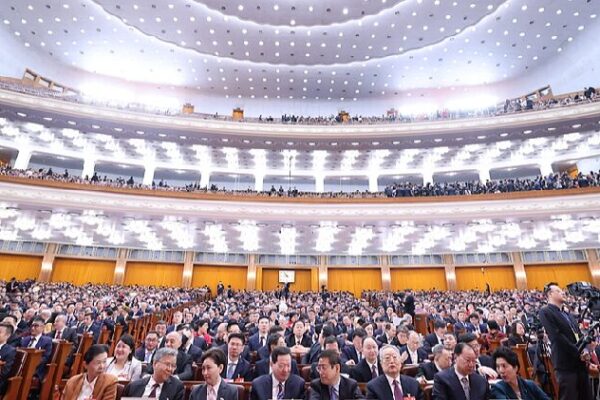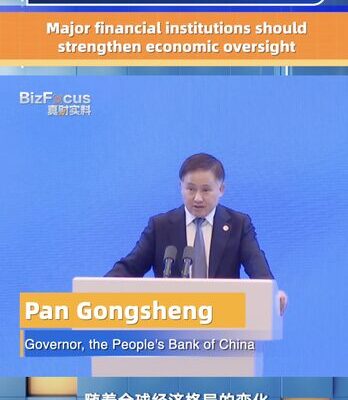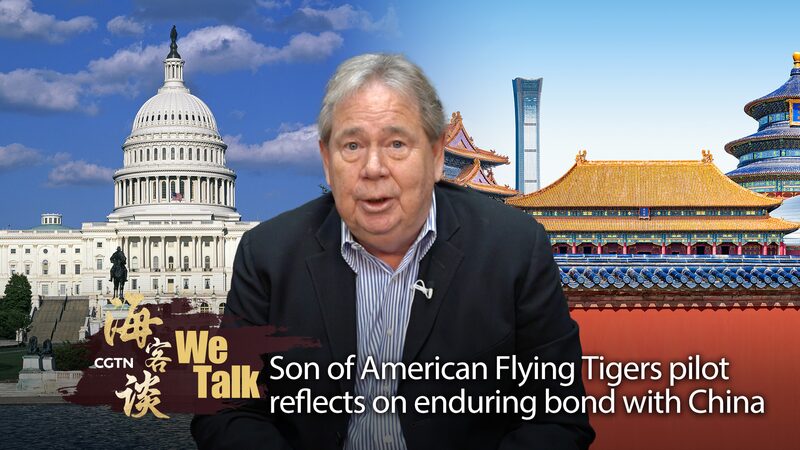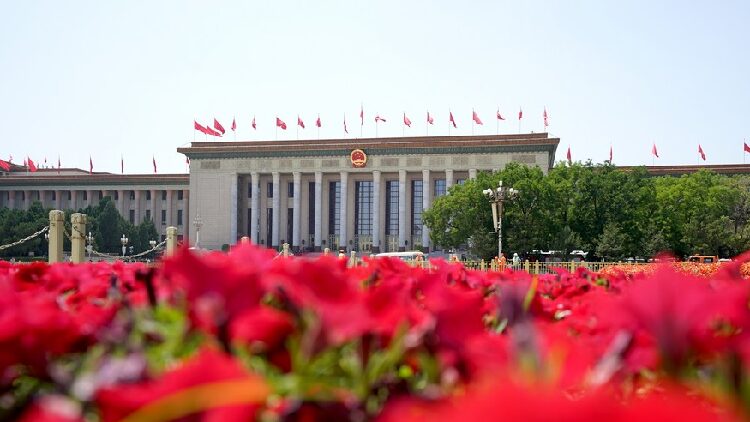Five years ago, on November 2, 2019, Chinese President Xi Jinping introduced the concept of “whole-process people’s democracy” during his visit to Shanghai. This idea emphasizes that democracy is not just about voting but involves all aspects of governance, including policymaking, implementation, and oversight.
Since then, China has been promoting this model to involve its citizens more deeply in the country’s development. But what does “whole-process democracy” really mean, and how has it evolved over the past five years?
According to China expert Robert Kuhn, this concept represents an effort to make governance more inclusive and responsive. It aims to ensure that the voices of the people are heard at every stage of the political process. This includes mechanisms like public consultations, grassroots elections, and channels for citizens to express their opinions.
“Whole-process democracy is about integrating people’s participation into every aspect of governance,” Kuhn explains. “It’s a way to align national policies with the needs and desires of the population.”
Over the past five years, China has implemented various initiatives to strengthen this approach. Community-level decision-making has been encouraged, and new platforms have been created for citizens to engage with local officials.
For young people in the Global South, China’s model offers a different perspective on how democracy can function. It challenges traditional notions and suggests there are multiple ways to involve citizens in governance.
As China’s “whole-process democracy” continues to evolve, it raises important questions about how countries can best engage their populations in shaping their futures.
Reference(s):
cgtn.com
